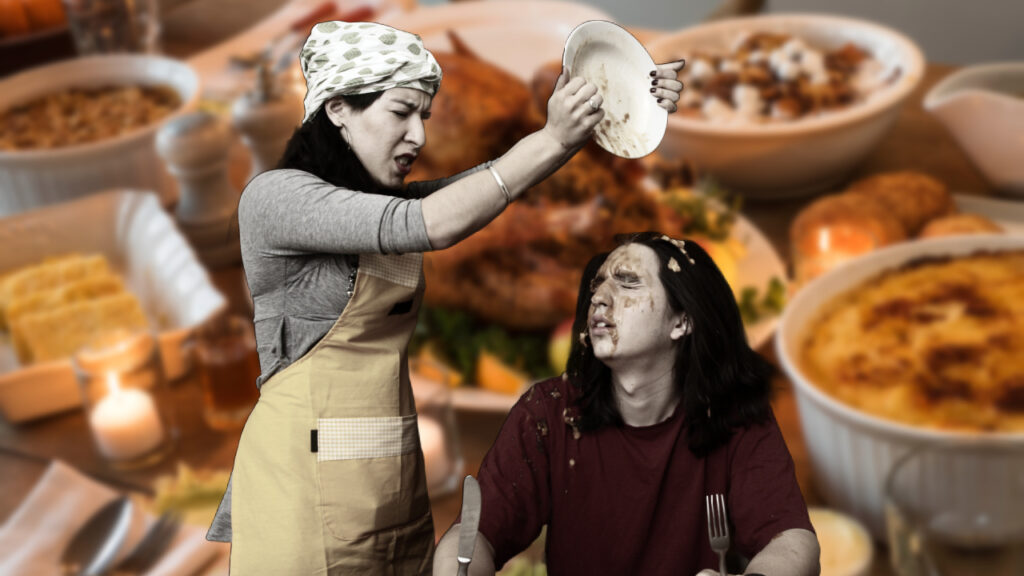Pato Pato: The Montessori-Inspired Toys Bringing Spanish Reading to Life
Raising bilingual children in a predominantly English-speaking environment is a challenge many Latino families in the U.S. face. But Lucía Garrett, the founder of Pato Pato, is here to change that.
Her new Kickstarter campaign aims to revolutionize how children learn to read in Spanish. She wants to do so by making it fun, engaging, and culturally rich. Through three Montessori-inspired toys, Pato Pato empowers parents to foster biliteracy at home, even without prior teaching experience.
The Inspiration Behind The Toys: A Mother’s Mission to Keep Spanish Alive
For Lucía, the journey of creating these toys was deeply personal. As an immigrant from Argentina who grew up in Mexico, Spanish was an integral part of her identity. Yet, when she began raising her children in the U.S., she quickly saw the difficulties of passing on not only the language but the cultural pride that comes with it.
“I wanted my kids to have something much deeper—a way to learn, think, and create in Spanish,” Lucía explained. The lack of meaningful, screen-free resources inspired her to create educational toys that foster true bilingualism and biliteracy.
That’s where the idea for Pato Pato came from—simple, engaging toys that give parents the tools they need to keep the Spanish language alive in their homes and connect with their children through shared learning experiences.
Why Kickstarter? Building a Movement for Biliteracy
Lucía chose Kickstarter as the platform to launch Pato Pato because it allowed her to tap into a community of families and educators who believe in the importance of bilingualism. For her, this campaign is about more than just selling toys—it’s about filling a gap in bilingual resources and highlighting the importance of biliteracy.
“Through this campaign, I want to bring attention to the gap in bilingual resources, especially for learning to read in Spanish,” Lucía shared. She hopes that by bringing these toys to life, she can spark a movement toward supporting biliteracy as a way to build confidence and cultural pride in Latino families.
Three Toys to Teach Spanish Reading—No Expertise Required
The toy line includes three Montessori-inspired toys designed to teach essential reading skills in Spanish: the Funzana, the Giraprende, and the Silabox. Each toy focuses on different aspects of reading, making it easy for children to progress at their own pace.
1. Funzana (Learning Apple): This toy teaches phonics, letter sounds, and recognition. Using a spinning disc and cards, children learn the fundamentals of reading through play.
2. Giraprende (Owl Toy): Giraprende introduces syllable formation and early literacy concepts like rhyming and opposites, helping kids develop key reading skills.
3. Silabox: For early readers, the Silabox guides children through word building and sentence crafting. Its compact design makes it perfect for on-the-go learning.
What makes these toys special is their simplicity. “They don’t require ANY expertise from the parent,” Lucía emphasized. Parents can easily jump in, and the toys handle the rest—no batteries, screens, or complicated setup required.
Strengthening Cultural Connections Through Language
For Lucía, Pato Pato is about more than just language—it’s about culture. “When families can learn together in Spanish, they’re creating a bridge to their heritage,” she explained. By providing parents with accessible tools, the toys give children the opportunity to engage with Spanish books, stories, and traditions.
Lucía believes that shared learning fosters a strong connection to culture, allowing kids to explore their roots while building their bilingual identity. These toys offer a hands-on approach to making Spanish a relevant and cherished part of daily life, despite the dominance of English in their environment.
What’s Next for Pato Pato? A Vision for the Future
Lucía’s vision for the future extends beyond this Kickstarter campaign. If successful, she hopes to develop even more educational tools that support bilingual families—not just in reading, but also in early math and science, all designed in Spanish.
“Our goal is to make biliteracy the norm, not the exception,” Lucía shared. She hopes to expand Pato Pato into Latin America and Europe, ensuring that more families around the world have access to these resources. Ultimately, her mission is to nurture confident, connected bilingual children who are proud of their heritage—one toy at a time.




